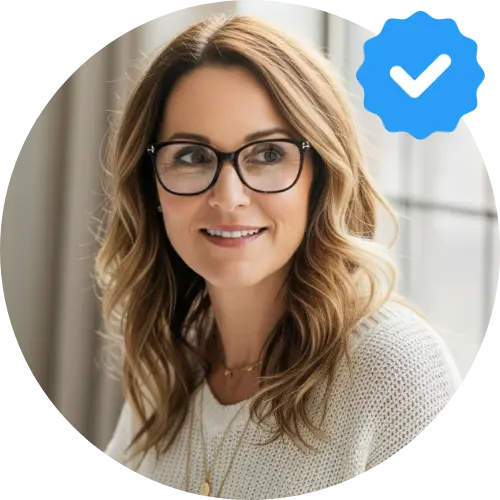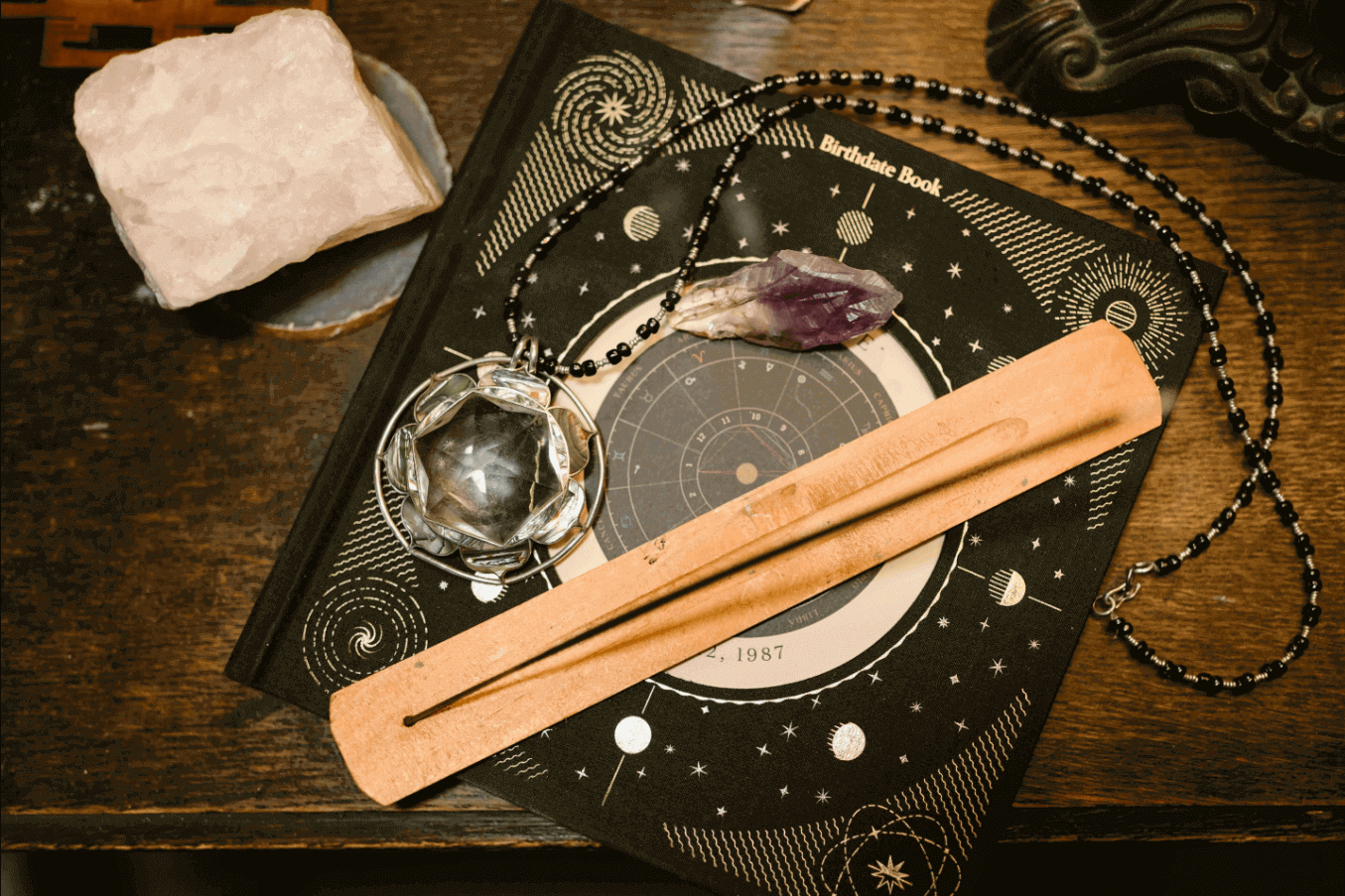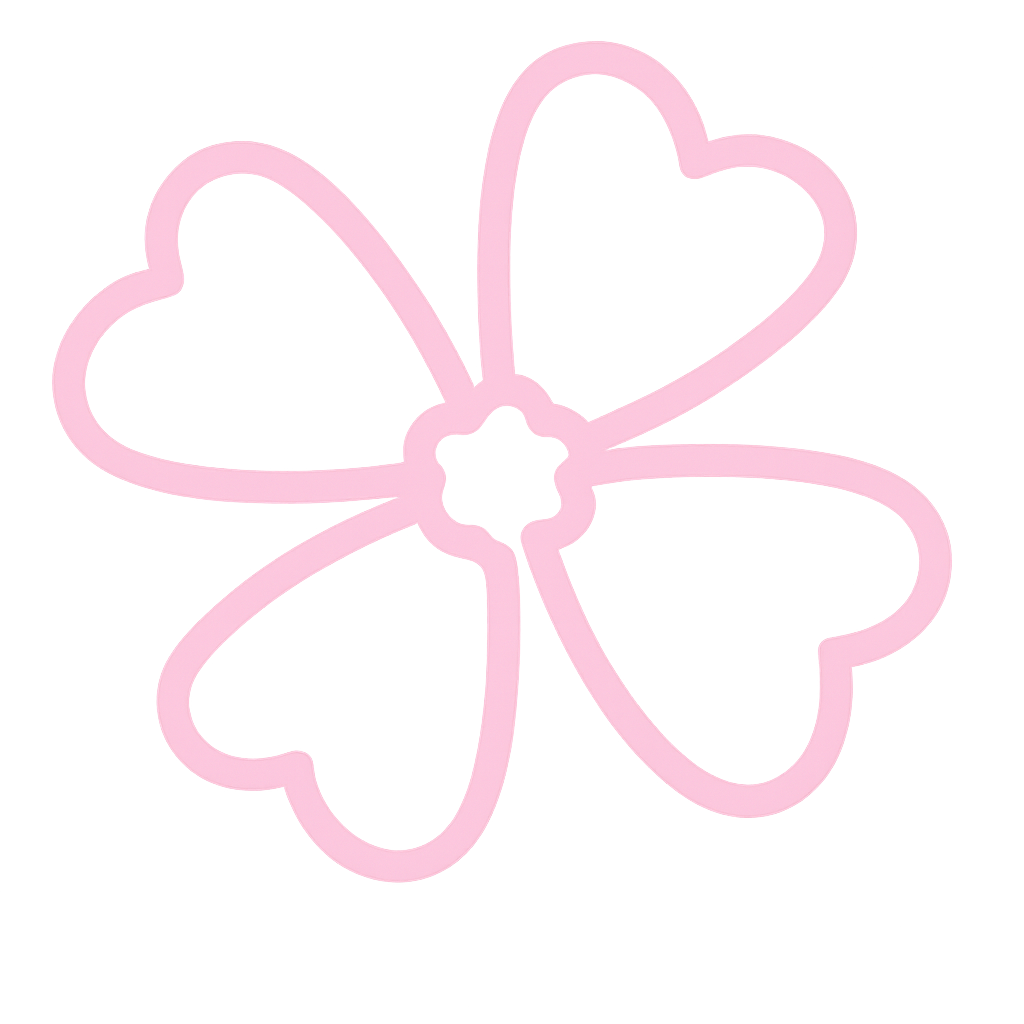Okay, so you've been eyeing those gorgeous tarot decks at the bookstore, maybe stalking some readers on TikTok, and now you're ready to dive in... but where the hell do you even start? 🔮 Trust me, I get it - the world of tarot can feel overwhelming when you're staring at 78 cards wondering if you're supposed to memorize them all (spoiler: you're not).
Here's the thing about tarot - it's not about predicting your future or having some mystical gift. It's actually this incredible tool for self-reflection, understanding your patterns, and getting clarity on situations that feel messy or confusing. Think of it like therapy, but with pretty pictures and way more accessible.
I remember my first deck just sat there for months because I was terrified I'd "do it wrong." But honestly? There's no wrong way to start. The cards are here to help you connect with your intuition, not judge your technique.
What Exactly Are Tarot Pulls and Spreads?
Let's break this down super simply. A "pull" is just drawing cards from your deck - it could be one card, three cards, or however many feels right. A "spread" is the specific pattern or layout you use when you place those cards down.
Think of pulls as the action (like taking a photo) and spreads as the composition (how you frame that photo). Some days you might just pull one card for quick guidance, other times you might use a complex spread to dig deep into a situation.
The beauty is in the flexibility. Your tarot practice should fit your life, not the other way around.
Starting with Single Card Pulls
Honestly, single card pulls are where it's at when you're beginning. They're quick, manageable, and surprisingly powerful. I still do daily single card pulls because they give me just enough insight without overwhelming my brain.
Here's how to do it: shuffle your deck while thinking about your question or just asking for general guidance for the day. When it feels right (and you'll know), stop shuffling and pull the top card. That's it. No ceremony required.
Some of my favorite single card prompts:
• "What do I need to know today?"
• "What energy should I focus on this week?"
• "What's blocking me right now?"
• "How can I show up better for myself?"
The Three-Card Spread: Your New Best Friend
Once you're comfortable with single cards, three-card spreads are the perfect next step. They're versatile, not too complicated, and can be adapted for basically any situation you're dealing with.
The classic three-card spread is Past-Present-Future, but tbh, I find these variations way more useful:
Situation-Action-Outcome
This spread is *chef's kiss* for when you're trying to figure out your next move. Card one shows the current situation, card two suggests what action to take, and card three hints at the likely outcome.
Mind-Body-Spirit
Perfect for check-ins with yourself. What's going on mentally, physically, and spiritually? This spread often reveals connections between these areas that you might not have noticed.
Stop-Start-Continue
Borrowed from business but works amazingly for personal growth. What should you stop doing, what should you start, and what's working that you should keep doing?
Pro tip: don't stress about card positions too much at first. If a card screams "this is about your relationship!" even though it's in the "career" position, trust that instinct. The cards often know better than our rigid structures.
Celtic Cross: The Deep Dive Spread
Okay, so the Celtic Cross is like the holy grail of tarot spreads - it's comprehensive, detailed, and can provide incredible insight. But ngl, it can also be intimidating as hell when you're starting out.
This ten-card spread covers pretty much everything: your current situation, challenges, distant past, recent past, possible future, immediate future, your approach, external influences, hopes and fears, and the final outcome.
Here's my honest take: don't rush into this one. I probably did Celtic Cross spreads for two years before I really felt like I understood the nuances. Start with simpler spreads and work your way up. The Celtic Cross will still be there when you're ready.
When you do feel ready to try it, give yourself plenty of time. This isn't a quick morning pull - it's more like a deep therapy session with yourself.
Relationship Spreads That Actually Work
Let's be real - most of us got into tarot because we wanted insight about our love lives. And while tarot can definitely help with relationship questions, it works best when you focus on your own role rather than trying to read someone else's mind.
The "What's Really Going On" Spread
Five cards: Your feelings, their feelings, what's spoken between you, what's unspoken, and the relationship's potential. This spread has given me some seriously eye-opening insights about relationship dynamics.
Self-Love Check-In
Three cards focusing entirely on your relationship with yourself: How you see yourself, what you need more of, and how to give it to yourself. Because honestly, this is the most important relationship you'll ever have.
Remember, tarot can't tell you if someone likes you back or if you'll get married. But it can help you understand your patterns, what you're bringing to relationships, and what you actually want (which is way more valuable, imo).
Creating Your Own Spreads
Here's something most tarot books won't tell you: you can totally make up your own spreads. In fact, some of my most insightful readings have come from spreads I created on the spot based on what I needed to explore.
The key is being clear about what you want to know. Write down your questions, then assign each question to a card position. Boom - you've got a custom spread.
I once created a "Why Am I Procrastinating?" spread with positions for the real reason I'm avoiding something, what I'm afraid will happen if I do it, what will actually happen, and what support I need. Game-changer.
Common Beginner Mistakes (That I Totally Made Too)
Let me save you some time and frustration by sharing the mistakes I see beginners make all the time:
Overthinking card meanings: You don't need to memorize every traditional meaning. Trust your intuition about what you see in the imagery.
Reading only for others: I know it's tempting to be the tarot friend, but practice on yourself first. You need to understand how the cards speak to you before you can interpret them for others.
Expecting specific predictions: Tarot is more like a weather forecast than a crystal ball. It shows current energies and likely outcomes, but you always have free will to change course.
Not keeping a journal: Seriously, write down your readings. You'll be amazed at how accurate they were when you look back months later.
Building Your Daily Practice
You don't need hour-long rituals to have a meaningful tarot practice. Some of my most profound insights have come from quick morning pulls while my coffee brews.
Start small: commit to pulling one card three times a week. Notice what comes up repeatedly - those are usually the themes you need to pay attention to.
And btw, you don't need fancy cloths, crystals, or elaborate rituals unless they genuinely enhance your experience. The magic is in the connection between you and the cards, not the accessories.
When Cards Don't Make Sense
Sometimes you'll pull cards that seem completely unrelated to your question, and that's totally normal. Here's what I do when that happens:
First, sit with the card for a minute. Look at the imagery - what story is it telling? Sometimes the connection isn't obvious at first glance.
Second, consider that maybe you asked the wrong question. The cards might be addressing what you need to hear rather than what you want to know.
Third, it's okay to put the cards away and try again later. Not every reading needs to be profound. Sometimes the message is simply "not right now."
Frequently Asked Questions
Do I need to cleanse my cards?
Only if it feels right to you. Some people love sage and moonlight rituals, others just shuffle thoroughly. There's no tarot police - do what resonates.
Can I read tarot for myself?
Absolutely! Self-reading is actually ideal when you're learning because you get immediate feedback on accuracy. Just be aware that you might be too emotionally invested in certain outcomes.
What if I get scary cards?
No card is inherently bad. The Death card rarely means literal death - it usually represents transformation or the end of a phase. The Tower isn't about disaster - it's about necessary change that clears the way for something better.
How often should I do readings?
As often as feels helpful, but not so much that you become dependent on the cards for every decision. I personally do daily single-card pulls and deeper spreads maybe once a week or when I'm working through something specific.
Should I let others touch my cards?
Some readers are protective of their decks, others don't mind. Trust your instincts. If someone's energy feels off to you, it's totally fine to keep your cards to yourself.
Wrapping Up
Look, tarot isn't about becoming psychic or impressing people at parties. It's a tool for self-discovery, and like any tool, it gets more useful the more you practice with it. 🌟
Start simple, trust your intuition, and remember that every expert was once a beginner who felt completely lost. Your relationship with tarot will evolve as you do, and that's exactly how it should be.
The cards are waiting for you - not to tell you your destiny, but to help you create it. And honestly? That's so much better than having your future handed to you on a silver platter. You've got this! ✨




